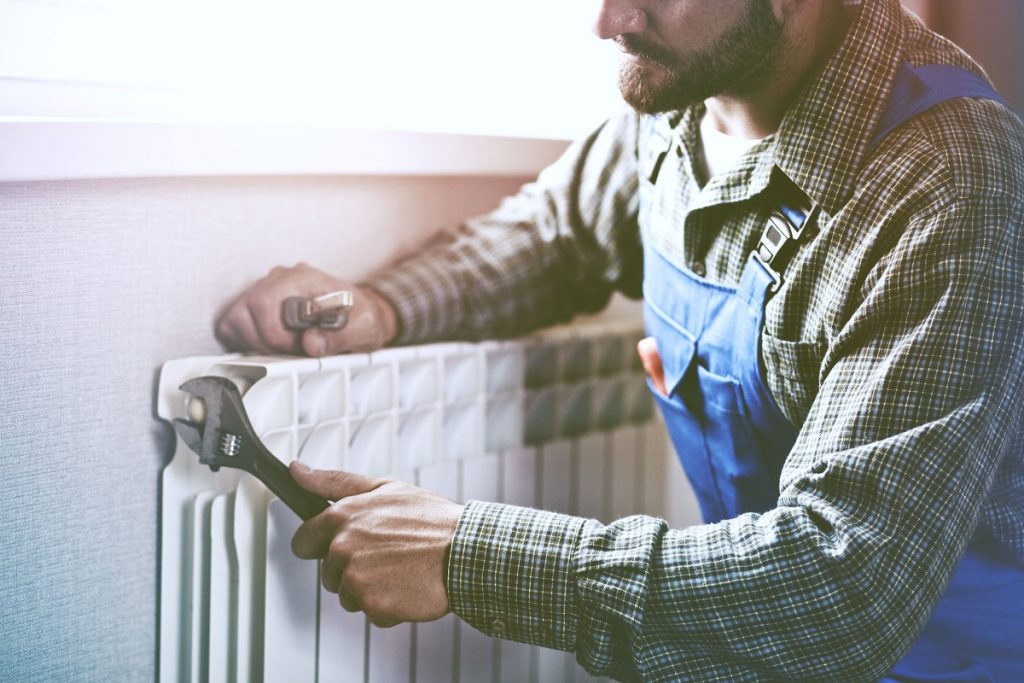- Consider the reliability, system specifications, cost, security risks, and compatibility of devices and services before converting into a smart home.
- Investigate leading technology that provides intuitive screens and allows for remote access to your smart home.
- Understand the total cost of purchasing, installing, and maintaining a smart home system.
- Budget for the purchase price of products, installation costs, and any other related expenses.
Are you thinking of converting your house into a smart home? There are many things to consider before taking on such a project. From choosing the suitable devices and services to understanding the potential security risks involved, you must research before committing to any changes. With this in mind, take some time to weigh up all the pros and cons before embarking on this journey toward creating an automated paradise!
Reliability of the System
The system’s reliability is essential when converting a home into a smart home. Smart homes often feature either automated or controllable devices and appliances, which must work without fail to guarantee convenience and safety. Installing a Control4 system would be considered one of the most reliable options when creating a custom, comfortable environment that can be tailored to individual preferences.
Not only does this system provide intuitive screens, but it also allows straightforward remote access with no limit to what it can manage. It also ensures that existing systems will seamlessly integrate into one unified platform. By extensively researching the best option for their smart home before committing to any specific model, homeowners can ensure reliability and peace of mind.
System specifications
Here are some things you should research when looking into the specifications of a smart home system:
Cost

When considering the cost of converting a house into a smart home, it is essential to weigh the long-term benefits of increased safety and convenience against your available budget. Making this conversion requires understanding the total cost: the purchase price of actual products, additional installation costs, and any other related expenses.
While researching products, compare technology based on both quality and cost. Adding smart home tech devices in stages rather than all at once is also recommended to help manage costs. Ultimately, implementing leading technology with creative foresight and proper planning can leverage more excellent value from the smart home conversion process.
Security Risks
A smart home system is designed to make life easier by automating processes such as unlocking doors, controlling temperature, or monitoring systems, but it can also be vulnerable to malicious attacks or unwanted exposure to personal data.
By using safe practices when setting up the system and selecting equipment that employs established security protocols, users can stay safe from cyber threats and feel secure in their online privacy. As smart technology has become more integrated into our lives, it becomes increasingly important to put security considerations at the forefront when deciding how to set up your own smart home.
Compatibility of Devices and Services

When considering how to turn your house into a smart home, compatibility is one of the most critical aspects. This refers to how well the devices and services that make up your system can work together. Suppose a product cannot interact with and benefit from your other devices. In that case, it won’t be much use within the overall structure of your smart home setup, so it’s essential to consider this when making any selections.
Different products may offer helpful features such as voice or app control or use specific technologies that allow them to work better with other devices of a similar brand. It’s also wise to check whether additional apps may be needed for particular products or if further setup steps are required to get services running correctly.
Privacy Concerns
Smart home technology has become increasingly popular, making it easier to manage our homes with a button. However, installing and integrating such technology can come at a cost: Privacy. Therefore, when converting your house into a smart home, it is imperative to consider the potential privacy risks involved.
This means considering data-sharing policies and ensuring that sensitive information is not shared without consent. Additionally, carefully researching each product and device before a purchase can help prevent hackers from accessing installations in your home. Furthermore, using encryption technology for wireless transmission will ensure that your data is always protected and secured.
Installation Process
The installation process is an important step that cannot be overlooked when converting a house into a smart home. Smart homeowners and DIY experts will benefit from taking the time to carefully inspect the process, understand what needs to be done, and plan how the installation should proceed.
It’s especially important to note any potential risks associated with putting in new connections or cables before making changes and to research any building codes or regulations that may apply to do it correctly. Properly considering the installation process can help ensure things are done safely, up-to-code, and built for long-term performance.
Neglecting this process can cause costly delays later on down the line, resulting in unforeseen negative consequences. That’s why it’s so important to ensure that ample time is dedicated to properly understanding and planning exactly how a smart home should be installed.
These are the main points to consider when converting your house into a smart home. Taking the time upfront to properly evaluate all of these factors can help ensure you have an efficient, reliable, and secure system tailored to your specific needs.

